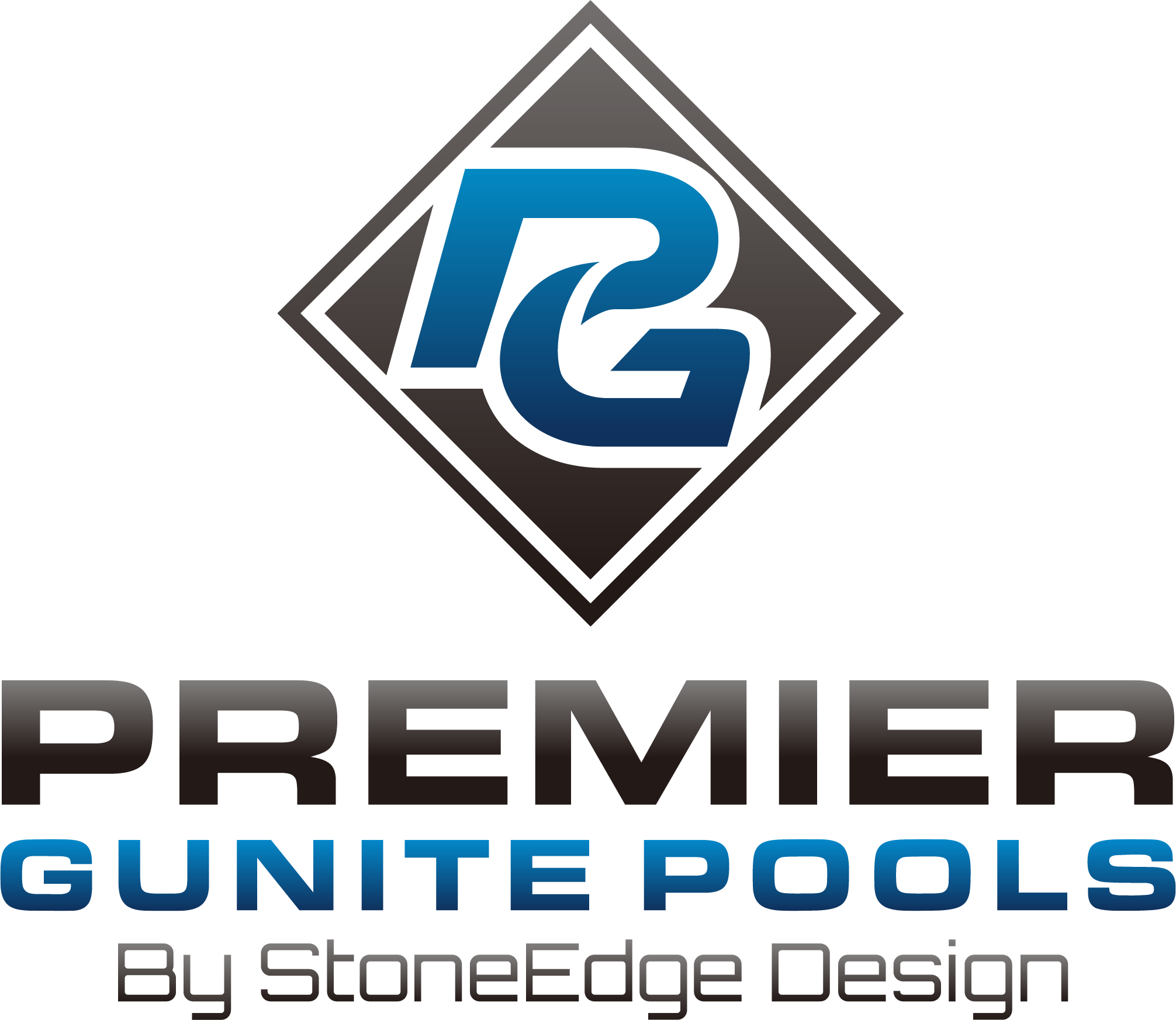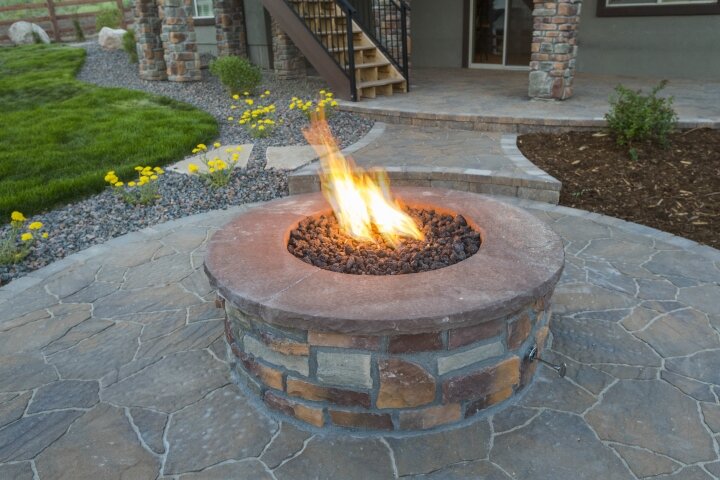Types of Masonry for Your Backyard Fire Pit in Portsmouth, RI
Masonry is a form of craftsmanship that involves assembling units of concrete, brick or stone into structures, typically using adhesive mortar. While the unique qualities of your particular project will depend on the standard of the workmanship and the materials you choose, masonry can generally be relied upon to create durable, visually appealing structures with a professional look and feel. Read on to discover the types of masonry that are best for a stunning fire pit that will withstand the test of time and the Portsmouth, RI, climate:
Concrete masonry
Concrete is renowned as a building material for its incredible durability and compressive strength, water-resistance, versatility and aesthetic potential. Concrete wall units can be acquired in a range of shapes and sizes, and can be enhanced by a variety of finishes that can even recreate the look and texture of brick or natural stone. Alternatively, undressed concrete blocks can be covered in plaster, stucco or stone veneer. Consider using sleek concrete units that mimic honed granite to construct a perfectly geometric fire pit that will punctuate your modern patio design. You can entrust the versatility and diversity of concrete for a truly one-of-a-kind fire pit.
Stone masonry and veneer
The stones used in masonry generally conform to one of two types: they are either precisely cut with clean edges and a fine finish, or come in a variety of different shapes with unrefined edges. While the former, ‘dressed’ stone, is easier to arrange into attractive patterns and has a sophisticated look and feel, ‘undressed’ stone has an unparalleled natural appeal. Undressed stone creates structures that are visually captivating and offer a definite old-world appeal. Undressed stone structures pair perfectly with warm, rustic backyard designs. The more textured your chosen stone is, the more character the light from your fire pit will highlight its surface.
Related: Popular Landscape Design Ideas in Dartmouth MA
Natural stone isn’t always used to create entire structures, however. Many homeowners opt instead to dress concrete structures with a thin layer of authentic stone. Veneer stone is light, easy to work with, and produces similar visual results as those achieved using large stone units. A slight gap is usually left between the veneer and underlying wall, with weep holes at the base to drain any water that may accumulate there. The underlying wall is also waterproofed to prevent any structurally-deteriorating water damage that may go unnoticed. Although concrete fire pits can look absolutely stunning on their own, that are also favoured as skeletons for veneering projects because they are so resistant to water damage.
Brick masonry
Bricks tend to be favoured for their character and the subtle variety that they offer. Take this one step further by having them arranged in an interesting pattern that personalizes the design of your fire pit. Certain patterns, or bonds, are stronger than others and can also be used to reinforce your fire pit against the elements. Bricks can be acquired in varying degrees of refinement and can be precisely cut or, alternatively, burnt for a wonderfully rustic look and feel. Opt for a type of brick that accentuates your desired aesthetic and have it paired with an appropriate pattern.

